I didn’t realize how important blowing is (and how much practice it would take before an actual blow happens) until we started swimming lessons for our son.
Blowing was something we’ve always done with our soups — so our son knows the word blow, but as we had no choice but to enroll him in a swimming class because there’s a pool near our home that he can access, we realize now more than ever how essential knowing how to blow is.
So just last week- we decided to incorporate more blowing activities in our everyday, and these are what I came up with. Feel free to suggest more in the comment section below, and if you’re also thinking of how to practice this practical life skill with your toddler, hope this blogpost helps you!
1. BLOWING HOT FOOD
As mentioned, this is something we’ve always done. Our son has learned how to scoop soup with a spoon and put it close to his mouth to blow. He doesn’t always get to participate in making the food cooler, but the process is important — he knows what to do when the food is too hot for his tongue.
2. BLOWING CANDLES ON A BOOK
Well, this was coincidental. We have this book called Night Lights and it features candlelights. So when I saw it the first time, I thought it would be great to blow the candles on the book so he can associate it with birthday candles for his future birthday cakes! I guess you can also just print something like this and practice blowing before your toddler’s actual birthday.
3. BLOWING POMPOMS
Since we have a lot of small pompoms, I thought they would be great and fun tools for blowing (you can work with table tennis balls, too). You can use a tray to contain them, or like in my photo, we used a small photo frame (glass taken out) just cause it’s not yet used as an actual photo frame.
4. BLOWING WATER
Use any basin or cup, put water, and begin blowing! We usually do this during bathtime and use our basins in the shower (or the good, old tabo). When your toddler can blow hard enough for more work, you can add a table tennis ball and watch it move in all directions! Fun!
You can do this in swimming pools, too! Blow straight from the pool — one way to get your child comfortable in water.
5. BLOWING BUBBLES
Last but not the least (and probably the most common blowing work we can think of for kids), you can of course work with bubbles! I found these mini-bubbles (set of 6 for around PHP 150) from Toys R Us. I’m loving the size for my toddler. He cannot make bubbles out of them yet, but the process is so fun. Loving the size for me, too, because I can bring one in my bag and use it whenever we feel like it.
If your child cannot blow from that yet, a fellow mom shared this tip: you can also start with this genius bubble makers from Daiso (also try dollar stores) — You see the green pipe? Your child blows directly on the top part (compared to the usual bubble makers where you have to blow on the holes away from your mouth) – so the child really needs to exert effort and see direct results. The bubbles will come out from the other end.
Just an extra: I found this from Daiso/ Japan Home, too. It’s a small blowing game. You put the basket on the pipe as well as the light ball and you blow and watch the ball go up on air. It’s pretty amazing. I put them in deconstructed parts so my son sets it up on his own (he loves it). Definitely worth my PHP 66/88 (forgot the exact price).
***
That’s it for today. Hope this was helpful, and like I said, feel free to share your blowing work for your toddlers, too! Would love to hear them! Till the next blog!


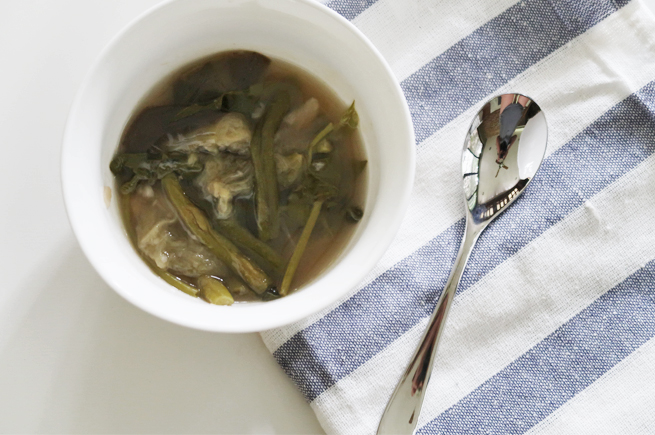
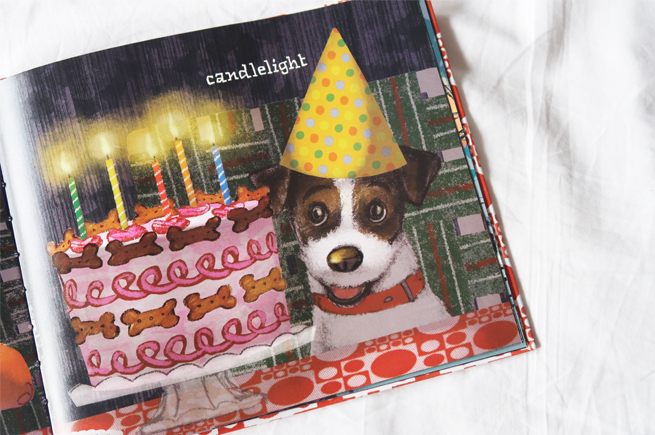
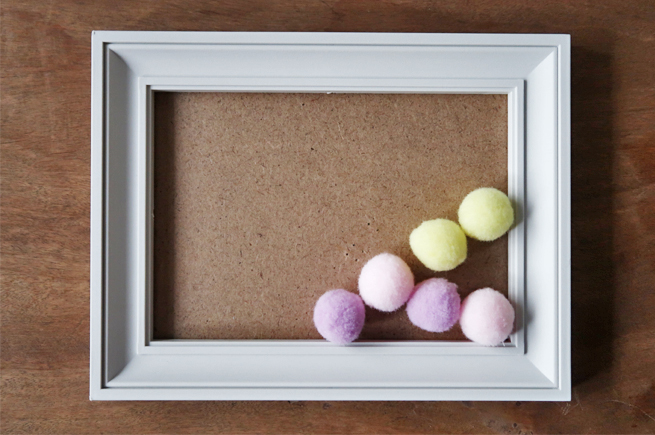
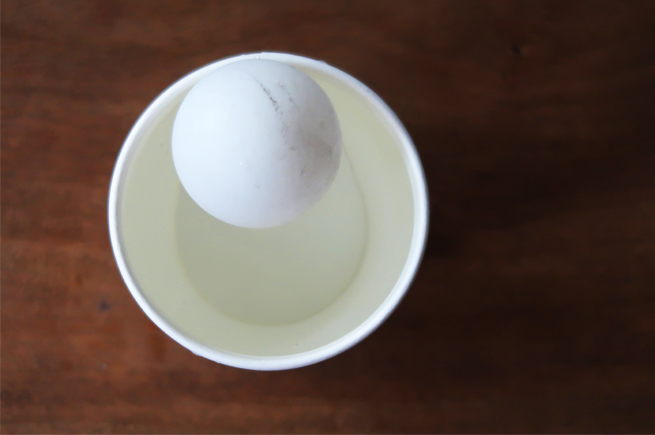
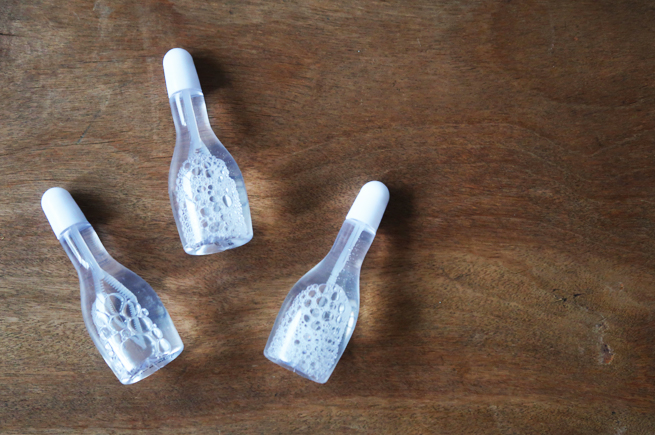
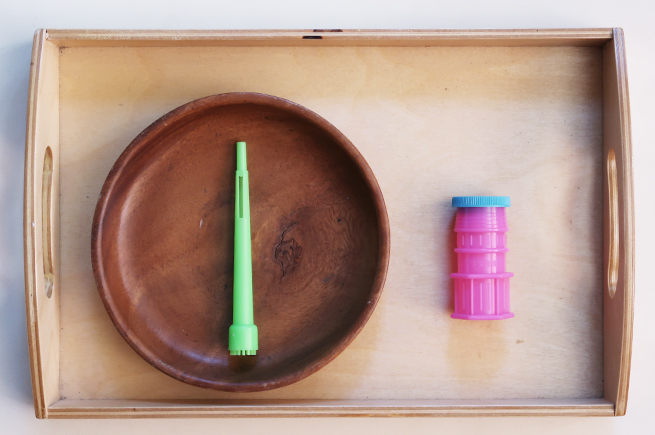
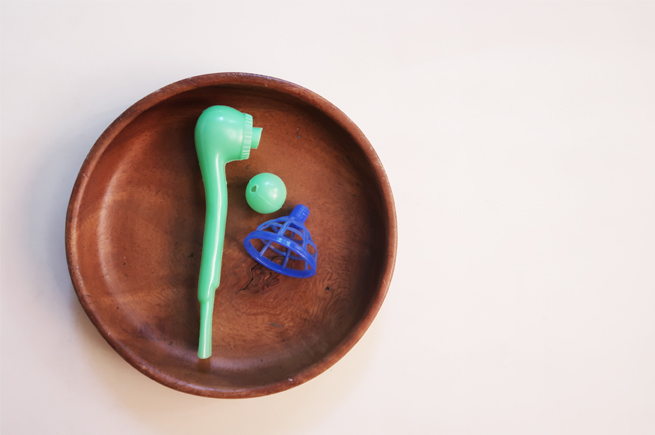



2 Comments
Just bought a tiny flute at Kultura (price was 80 pesos) and it took a while before my todler can blow and make a sound. But now he is so delighted when he creates a sound by blowing through the flute.
Great tip, Jen! Thank you for sharing!:)